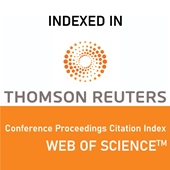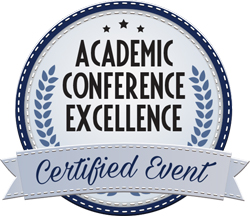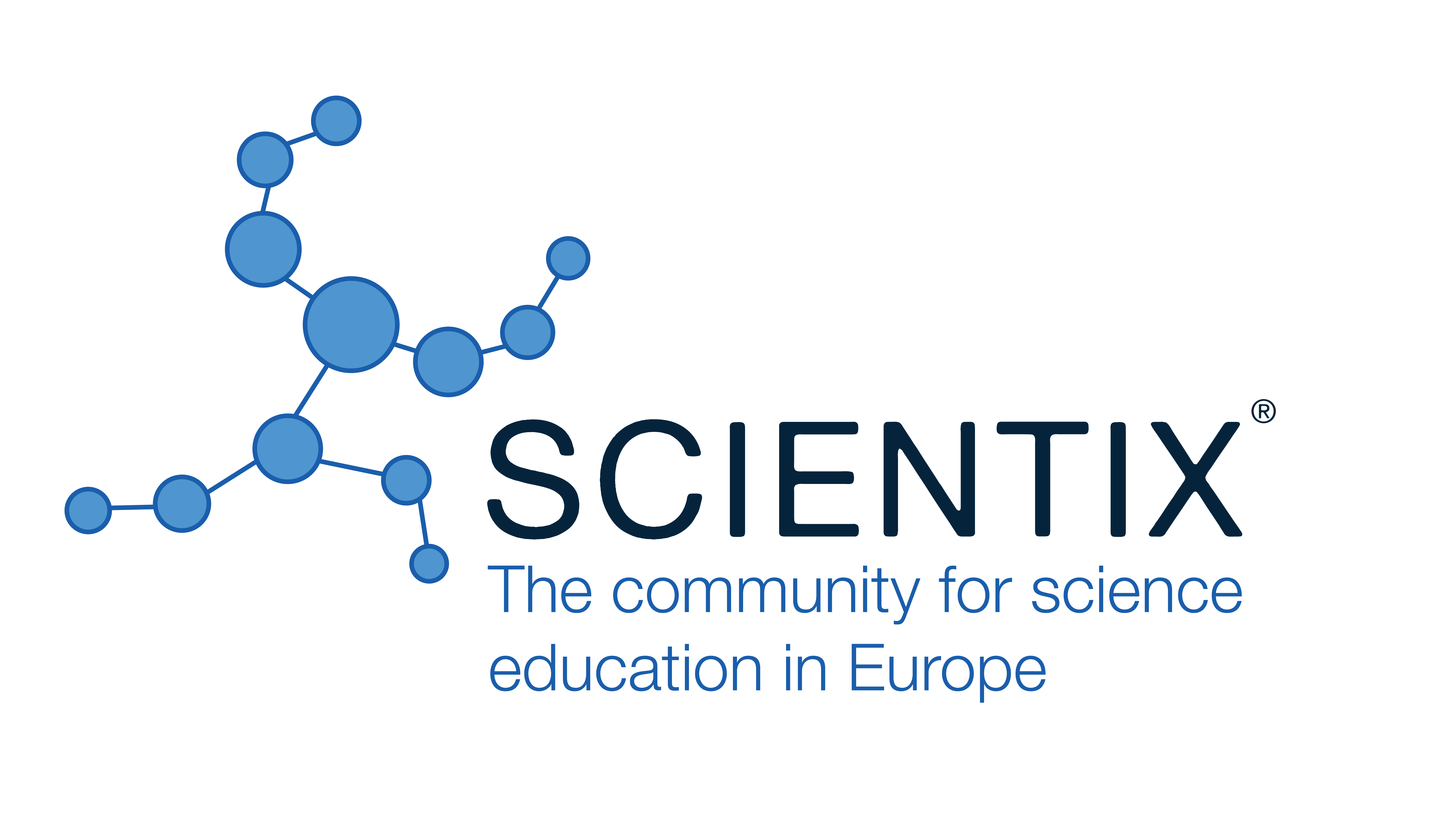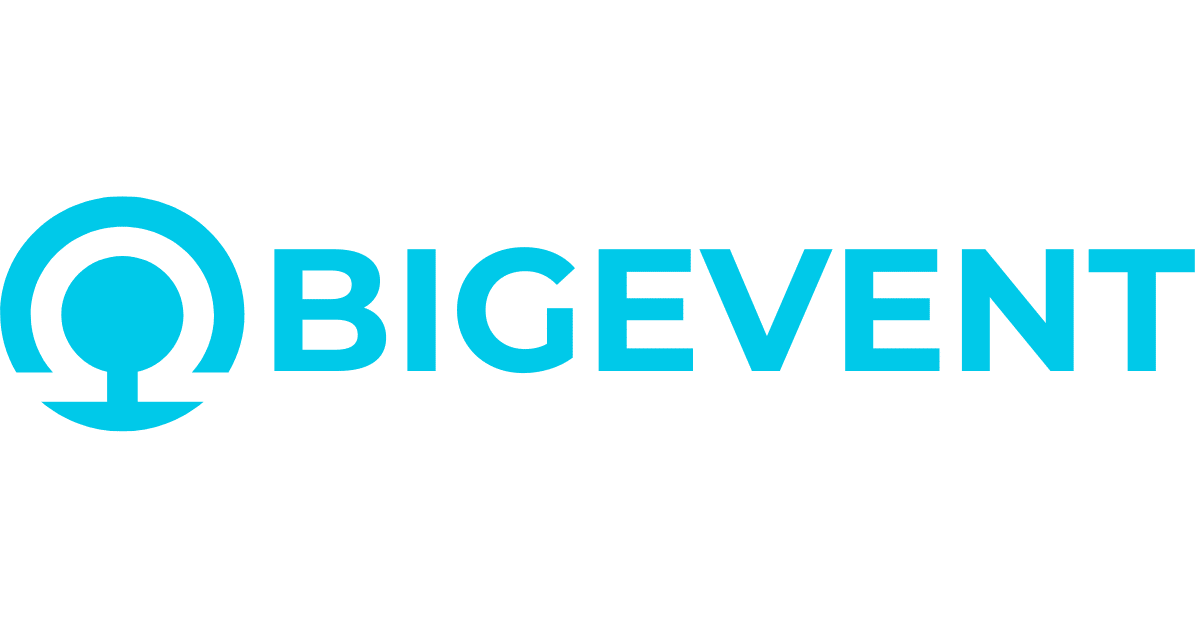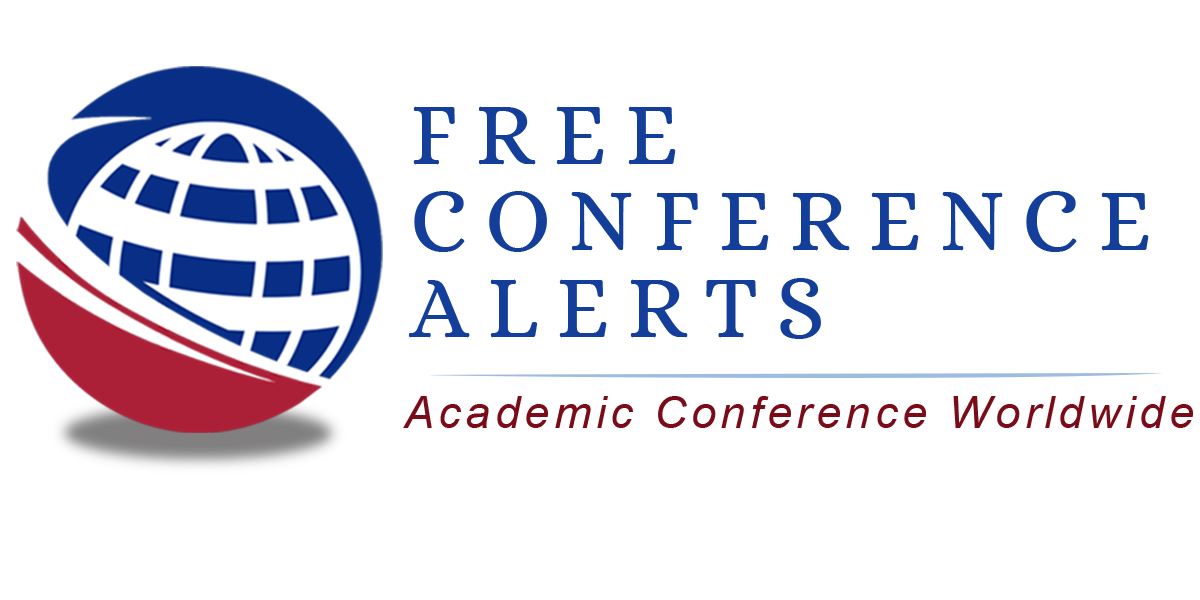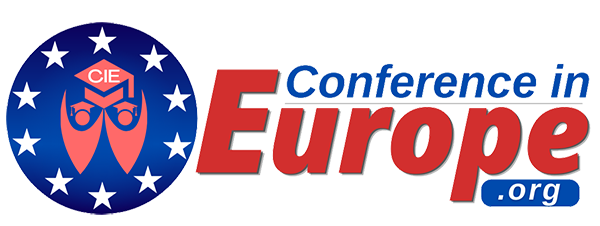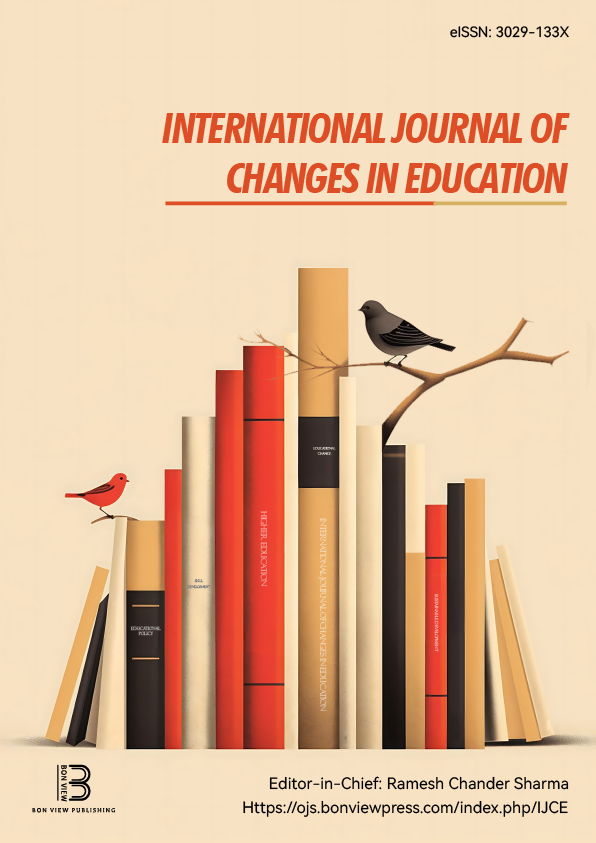CLIL Ecology: Bioactive Terrarium and Campus Walk
Brad Barker, Rikkyo University (Japan)
Abstract
The presenter will introduce two projects that were part of a new CLIL: Ecology course at a private university in Tokyo, Japan: 1) assembling a bioactive terrarium and 2) a campus walk. For the terrarium project, each week one step of the terrarium assembly was completed in the classroom with students. The terrarium ecosystem has contained several species of moss, a fern, ornamental plants (e.g., a jewel orchid), fungus (e.g., enoki mushrooms), springtails (decomposer hexapods), and other organisms such as bacteria. The hands-on project added a practical element to the course. The content and language were “interwoven” (Coyle et al., 2010, p. 11) and emergent (Norrington-Davies & Chinn, 2023). That is, the terrarium generated questions, comments, and language that emerged naturally, and lessons were driven by student interest and curiosity. The terrarium was started in 2024 and continues to thrive after more than 260 days, and students receive periodic terrarium updates via social media. During the campus walk, the presenter and students went outdoors to study and document the plants, fungi, and animal life on the urban campus. Participants photographed and identified more than 20 species of cultivated plants (e.g., Metasequoia glyptostroboides / Dawn Redwood), wild plants (e.g., Allium macrostemon / wild garlic), fungi (e.g., Pleurotus sp. / oyster mushrooms), and animal life (e.g., cicadas). Photographs, notes, and references were added to a Google Slides document to record the findings of the campus walk and subsequent research. One positive outcome of the activity was that it reinforced classroom concepts such as scientific names, taxonomy, and species interactions (e.g., parasitism).
|
Keywords |
CLIL, Ecology, Terrarium, Campus Walk, Science, Taxonomy |
|
REFERENCES |
[1] Coyle, D., Hood, P., & Marsh, D. (2010). CLIL: Content and language integrated learning. Cambridge University Press. [2] Norrington-Davies D., & Chinn, R. (2023). Working with emergent language. Pavilion Publishing. |
 Innovation in Language Learning
Innovation in Language Learning
